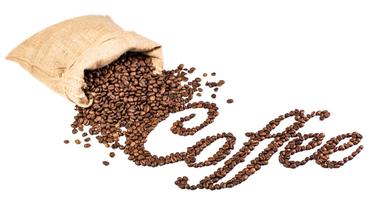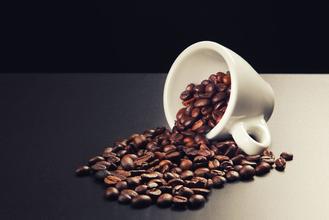Grinding scale of Starbucks Nicaraguan Coffee beans introduction of varieties produced by the method of taste treatment
Grinding scale of Starbucks Nicaraguan Coffee beans introduction of varieties produced by the method of taste treatment
High-quality Nicaraguan coffee, grown in the north and middle of the country. Coffee is a pillar industry in Nicaragua, producing nearly 100,000 tons of coffee beans every year. Many people who have tasted Nicaraguan coffee usually think that it is no different from Salvadoran coffee or Honduran coffee. It is full-bodied, smooth and delicate, with a slightly bitter finish, like a faint taste in a wine.
In many countries, coffee production will be seriously affected for political reasons. Nicaraguan coffee industry is no exception. The 1979 revolution forced coffee planters to flee to Miami. A period of indecision followed, when the government considered whether to redistribute land, including many plantations, which led to a shortage of coffee and a decline in production, from more than 1 million bags in the early 1970s to less than 600000 bags in 1990. Now the Government has opened up the coffee industry and private owners have taken control of the market. The best coffee is produced in Sinotega and Novo Segovia in Matagalpa. It has moderate acidity, delicious aroma and is very lovely.
Nicaraguan coffee has a wide range of flavor properties. Some coffee has a high alcohol thickness like Mexican coffee, while others have bright acidity like African coffee. Most of the varieties used in Nicaraguan coffee are traditional Tibica, and a few varieties of bourbon and Kaddura are grown.
Generally speaking, Nicaraguan coffee is characterized by calmness but without losing its flavor. Both Full city and Viennese are good choices when baking Nicaraguan coffee. Medium and deep roasting will bring mellow bitterness and excellent balance to Nicaraguan coffee.
Nicaragua Shangri-La Esperanza
Producing country: Nicaragua
Grade: SHG
Planting area: Sinotega
Brand name: Shangri-La Esperanza
Treatment method: wet treatment and solarization
Appearance: 0dplash 300grgrgrgr17-18SCR

Important Notice :
前街咖啡 FrontStreet Coffee has moved to new addredd:
FrontStreet Coffee Address: 315,Donghua East Road,GuangZhou
Tel:020 38364473
- Prev

Introduction of Brazilian Minas Coffee varieties Flavor description Grinding Calibration method
What are the varieties of Brazilian Minas coffee? description of the flavor of Brazilian coffee, grinding scale treatment, legal production area introduction: at present, there are 2 million hectares of land in Brazil for growing coffee, with a maximum of more than 70% being Arabica. These beans will eventually be sent to large roasters in various countries, that is, the well-known Santos (in the name of the port of export santos, not the producing area), because of the coffee competition after 2000.
- Next

Introduction to the baking curve characteristics and flavor description of Colombian coffee beans
Although the position of this top emerald coffee is higher than that of SUPREMO, the size of raw beans is different, which brings great difficulty to baking and stops baking at the beginning of the second explosion. 1, shallow baking (Light) the lightest fried culture, no flavor and concentration at all, the beans are not yet ripe and have the green taste of raw beans, no
Related
- Detailed explanation of Jadeite planting Land in Panamanian Jadeite Manor introduction to the grading system of Jadeite competitive bidding, Red bid, Green bid and Rose Summer
- Story of Coffee planting in Brenka region of Costa Rica Stonehenge Manor anaerobic heavy honey treatment of flavor mouth
- What's on the barrel of Blue Mountain Coffee beans?
- Can American coffee also pull flowers? How to use hot American style to pull out a good-looking pattern?
- Can you make a cold extract with coffee beans? What is the right proportion for cold-extracted coffee formula?
- Indonesian PWN Gold Mandrine Coffee Origin Features Flavor How to Chong? Mandolin coffee is American.
- A brief introduction to the flavor characteristics of Brazilian yellow bourbon coffee beans
- What is the effect of different water quality on the flavor of cold-extracted coffee? What kind of water is best for brewing coffee?
- Why do you think of Rose Summer whenever you mention Panamanian coffee?
- Introduction to the characteristics of authentic blue mountain coffee bean producing areas? What is the CIB Coffee Authority in Jamaica?

